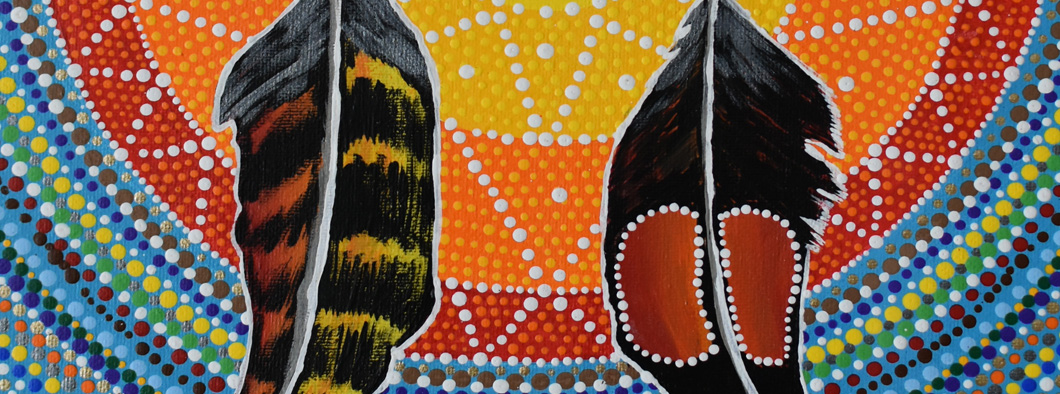Mawi-espi-mikiknamk aqq Ta’n Tel-ksma’lsultimk
Sovereignty and Self-determination
Askomi Tpelomosuwakon
Theme:
Kiskuk Ta’n Teliaq
Contemporary Issues
Tokec Weskuwitasikil Eleyik
Global Competencies
Critical Thinking and Problem Solving
- Learners engage in an inquiry process to solve problems, as well as acquire, process, interpret, synthesize, and critically analyze information to make informed decisions. (Activity 1 and 2)
- Learners select strategies, resources, and tools to support their learning, thinking, and problem-solving and evaluate the effectiveness of their choices. (Activity 1 and 2)
- Learners see patterns, make connections, and transfer their learning from one situation to another, including real-world applications. (Activity 2)
- Learners analyze the functions and interconnections of social, ecological, and economic systems. (Activity 1 and 2)
- Learners construct, relate and apply knowledge to all domains of life, such as school, home, work, friends, and community. (Activity 2)
- Learners solve complex problems by taking concrete steps to design and manage solutions. (Activity 2)
Innovation, Creativity, and Entrepreneurship
- Learners turn ideas into value for others by enhancing ideas or products to provide new-to-the-world or improved solutions to complex social, ecological, and economic problems or to meet a need in a community. (Activity 1 and 2)
- Learners seek and make use of feedback to clarify their understanding, ideas, and products. (Activity 2)
- Learners enhance concepts, ideas, or products through a creative process. (Activity 1 and 2)
Self-Awareness and Self-Management
- Learners have self-efficacy, see themselves as learners, and believe that they can make life better for themselves and others. (Activity 1 and 2)
- Learners develop a positive identity, sense of self, and purpose from their personal and cultural qualities. (Activity 1 and 2)
- Learners are aware of, manage, and express their emotions, thoughts, and actions in order to understand themselves and others. (Activity 1 and 2)
Collaboration
- Learners participate in teams by establishing positive and respectful relationships, developing trust, and acting interdependently and with integrity. (Activity 1)
- Learners learn from and contribute to the learning of others by co-constructing knowledge, meaning, and content. (Activity 2)
- Learners network with a variety of communities/groups and appropriately use an array of technology to work with others. (Activity 1)
- Learners demonstrate empathy for others in a variety of contexts. (Activity 2)
Communication
- Learners ask effective questions to create a shared communication culture, attend to understand all points of view, express their own opinions, and advocate for ideas. (Activity 1 and 2)
Sustainability and Global Citizenship
- Learners understand the interconnectedness of social, ecological, and economic forces, and how they affect individuals, societies, and countries. (Activity 2)
- Learners recognize discrimination and promote principles of equity, human rights, and democratic participation. (Activity 1 and 2)
- Learners understand Indigenous worldviews, traditions, values, customs, and knowledge. (Activity 1 and 2)
- Learners take actions and make responsible decisions that support social settings, natural environments, and quality of life for all, now and in the future. (Activity 2)
Curriculum Outcomes
English Language Arts
Specific Curriculum Outcomes
- 8. Use a range of strategies in writing and other forms of representing to
- generate topics of personal interest and importance (Activity 1 and 2)
- compare their own thoughts and beliefs to those of others (Activity 1 and 2)
- describe feelings, reactions, values, and attitudes (Activity 1 and 2)
- record and reflect on experiences and their responses to them (Activity 1 and 2)
Health
Specific Curriculum Outcomes
- 2.3 Identify strategies for seeking support for self and others (Activity 1 and 2)
Social Studies
Specific Curriculum Outcomes
Students will be able to:
- 5.5.1 Examine interactions between British and French and First Nations and Inuit in what later became Atlantic Canada (Activity 1)
- 5.6.1 Illustrate the similarities and differences of past societies and one’s society (Activity 1)
Visual Art
- Materials and Techniques — Understand that a two-dimensional surface can become three-dimensional by various paper manipulation and additive techniques (Activity 1)
- Materials and Techniques — Identify horizontal and vertical orientation of paper position and demonstrate appropriate choice to complete work (Activity 1)
- Development of Imagery — Use a variety of subject matter in their artwork (Activity 1)
Associated Text Materials
Grade 5 – Investigating Past Societies*
- pp. 150–151 How Have Ways of Making Decisions Changed and Remained the Same?
- pp. 152–153 How Have Interactions between Societies Changed and Remained the Same?
* Although the textbook is titled “Investigating Past Societies”, it should be noted that it also deals with societies that exist now.

Standing still in our situation was a curse, if our generation refuses to unite and win this struggle, it will be our last stand with our ancestors, and our children will face a totally distinct struggle to live as someone they were not meant to be.
Grand Council Captain Alexander Denny
In 1966, Alex Denny was appointed to the lifelong role of Kji-keptin of the Santé Mawio’mi or Grand Captain of the Grand Council, an extremely honourable achievement. He was chosen for this role by the Elders at the time, who recognized the young man’s dedication to his people; they were impressed by his contributions to the community and saw great success in his future. Shortly thereafter, in 1969, he joined forces with Joe B. Marshall, Noel Doucette, Greg Johnson and Stan Johnson and together they formed the Union of Nova Scotia Indians (UNSI), where he served two separate terms as president, 1974–1976 and 1992–1995. The goal of the UNSI was to provide one united voice which would represent the Mi’kmaq at the political table both provincially and federally.





